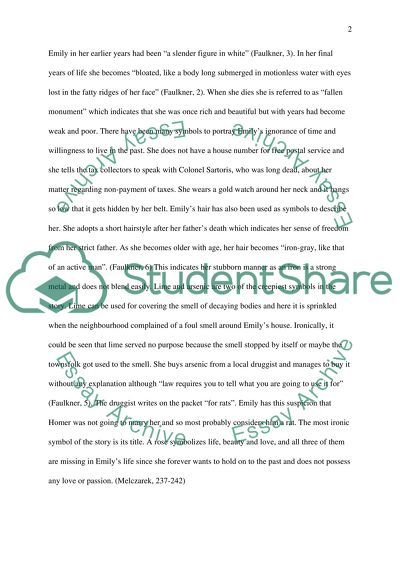Cite this document
(“Symbolism a Rose for Emily Research Paper Example | Topics and Well Written Essays - 1250 words”, n.d.)
Retrieved from https://studentshare.org/literature/1437252-this-paper-about-symbolism
Retrieved from https://studentshare.org/literature/1437252-this-paper-about-symbolism
(Symbolism a Rose for Emily Research Paper Example | Topics and Well Written Essays - 1250 Words)
https://studentshare.org/literature/1437252-this-paper-about-symbolism.
https://studentshare.org/literature/1437252-this-paper-about-symbolism.
“Symbolism a Rose for Emily Research Paper Example | Topics and Well Written Essays - 1250 Words”, n.d. https://studentshare.org/literature/1437252-this-paper-about-symbolism.


